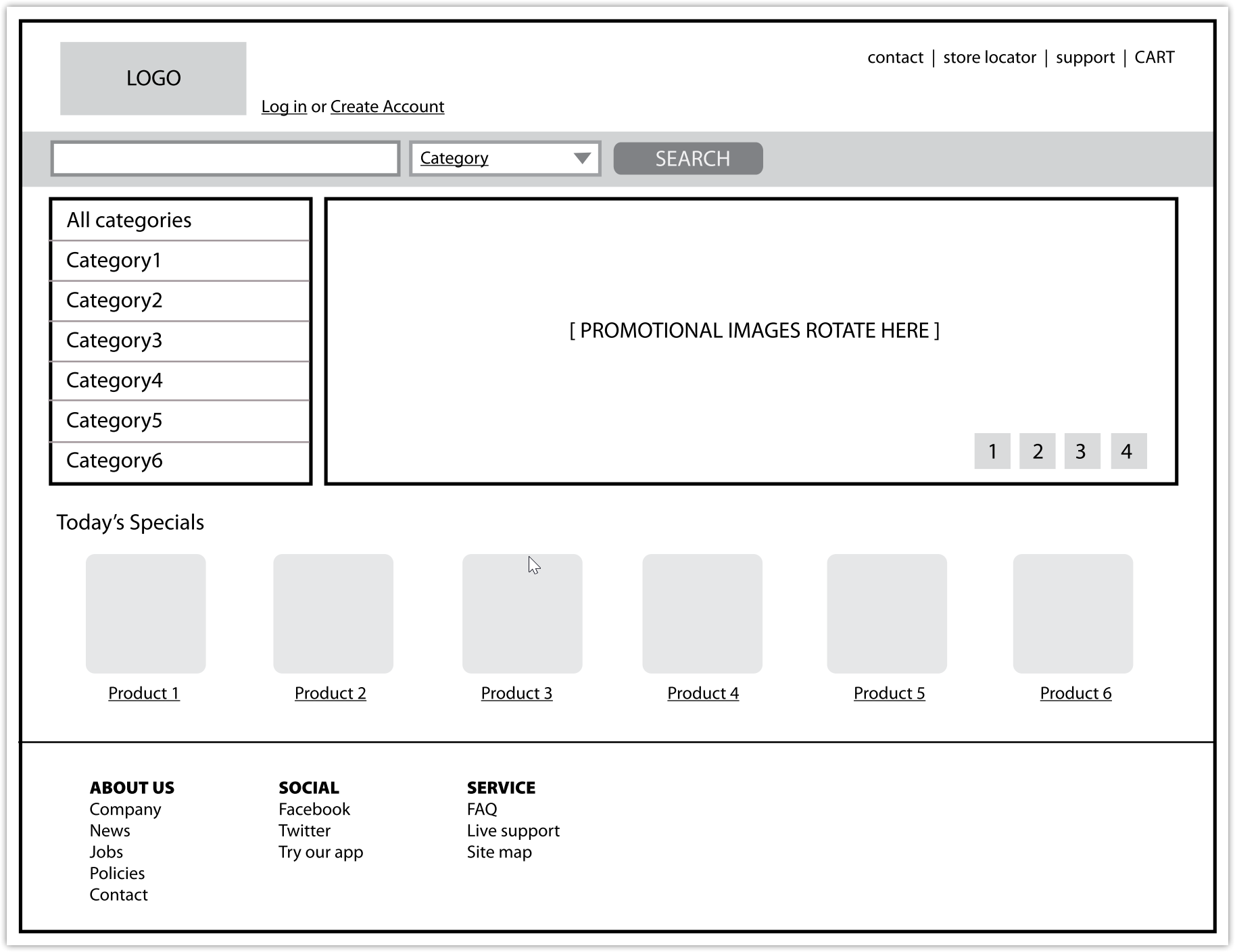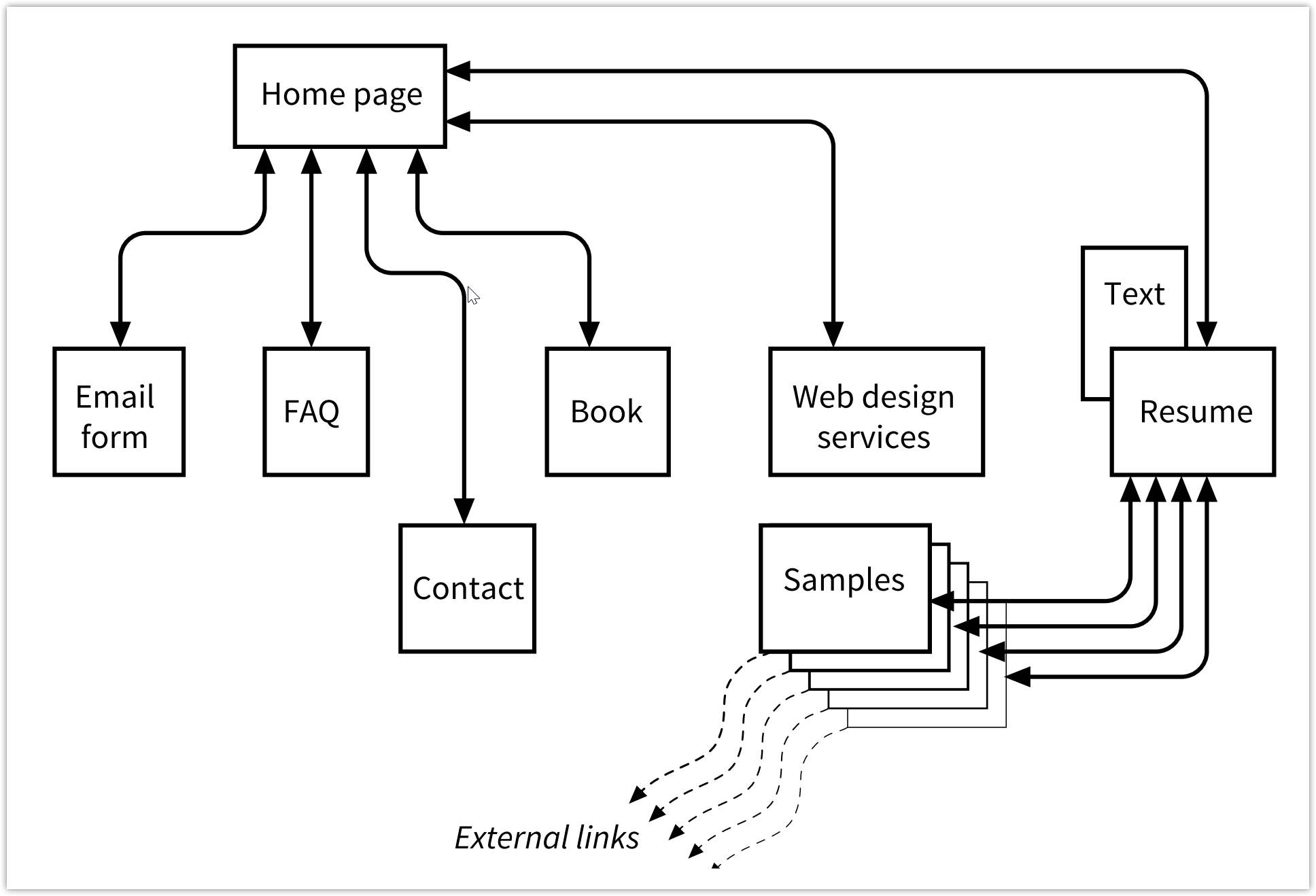网站的各类角色。
这里的内容来自 Learning Web Design: A Beginner's Guide to HTML, CSS, JavaScript, and Web Graphics 一书的第一章。观察到相对发达地区(欧美、日本、香港等),技术起步早,它们对网站的使用也更多,对网站角色的分工也更明确。国内的网站分工上可能不太一样。
下面各种角色,在 Learning Web Design 这本书中都给出了延伸阅读的书目。由于书本可能会更新版本,这里不写入具体书名,需要时再查阅 Learning Web Design。
Content Wrangling
内容管理。
Information Architect(或者叫 Information Design),负责网站整体的信息结构(导航、内容分类、数据在服务端的组织形式等等),方便网站的各类用户容易找到它们想要的信息。
Content Strategist,有点像国内的运营,负责实际内容的维护、编写、复用。通过内容维护整体的品牌形象。
Designer
设计师。
User Experience, Interaction, and User Interface Design
UX、IxD 和 UI 设计师,它们的职责有别但是经常交叉。
UX 是与用户走得最近的,他们需要跟产品经理一样理解用户的需求,关心用户如何使用这个网站,关心内容质量等等。用户调研、测试应该由 UX 设计师来做。
The User Experience designer takes a holistic view of the design process — ensuring the entire experience with the site is favorable. UX design is based on a solid understanding of users and their needs based on observations and interviews. According to Donald Norman (who coined the term), UX design includes “all aspects of the user’s interaction with the product: how it is perceived, learned, and used.” For a website or application, that includes the visual design, the user interface, the quality and message of the content, and even the overall site performance. The experience must be in line with the organization’s brand and business goals in order to be successful.
IxD 的主要职责是让网站易用、高效,让用户用起来很方便。UI 设计师会更聚焦于具体的页面展现,如页面功能布局、控件的样式等等。
这几个角色的工作过程一般是这样:
- User research and testing reports
- User research 一般是通过问卷、观察或者对话等各种方式,理解用户需求,从而可以确定网站应该如何更好地解决问题。在设计的各个阶段,也应该经常请用户试用来测试设计的可用性
- Wireframe diagrams
- 构建网站的大框架。此时主要关心网页结构和功能性的内容,比如导航、搜索框,各类表单元素等。颜色、字体和其他视觉元素仍不在考虑之列

- Site diagram
- 表达网站结构,网页间是如何联系的

- Storyboards and user flow charts
- 以用户视角在网站上来完成某个任务,整个过程的文字和图片描述即是指 storyboard。用户流程图可以是 storyboard 中的一种展示方式,用来表示用户行为的不同分支
Visual (graphic) Design
即是视觉设计师,决定了网站的「look and feel」,负责 logo、图形、字体、颜色、布局等等。
一般在于客户沟通过程,可能会通过这些形式进行沟通:
- 草图(mockup),用来表示大致的展现形式和视觉风格,但是由于现在设备尺寸多样,草图往往兼顾不到多种设备的展现效果
- Style tiles,将颜色、UI 控件、字体等风格整合成一页给客户看,但只包含视觉风格相关的元素,而不包含客户网页的具体业务场景、布局等。我猜测这种方式不是现今的主流,应该有很多方便的工具直接将视觉元素用网站表达出来,比如 Ant Design 的文档
另外视觉设计师还需要:
- 生成设计规范。Style Guides 上有很多非常好的设计规范,很多还是大公司生产,非常值得一看
- 负责图片的优化(比如压缩)
Developer
开发者,一般分前端和后端,不需要多描述。
Other Roles
Product manager, project manager, SEO specialist 这些顾名思义。Multimedia producers 这种职位比较少听到,我觉得就是内容编辑,专门产生内容,不管是文字、图片还是视频等。